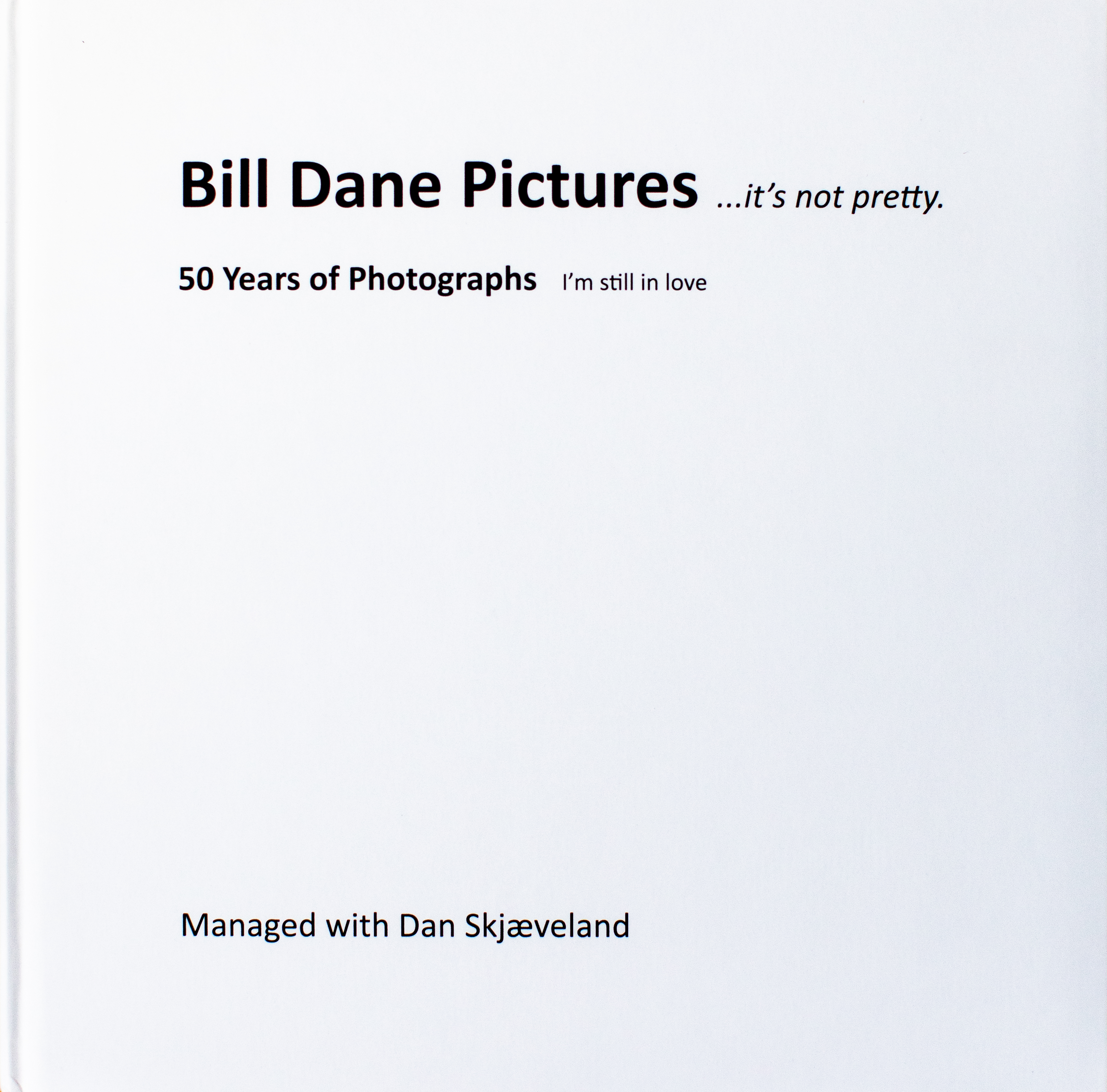
“It seems to me that the subject of Bill Dane’s pictures is the discovery of lyric beauty in Oakland, or the discovery of surprise and delight in what we had been told was a wasteland of boredom, the discovery of classical measure in the heart of God’s own junkyard, the discovery of a kind of optimism, still available at least to the eye.” John Szarkowski, director of photography, Museum of Modern art 1962-1991
I received Bill Dane’s wonderful book, Bill Dane Pictures …it’s not pretty. 50 Years of Photographs I’m still in love, in the mail today.
For those unfamiliar with his work, Dane has been actively photographing the world around him for over 50 years. Since 1969 he has generously mailed over 50,000 of his photographs as postcards to people. More recently he has been active on Flickr where he continues day in and day out to share his world with the rest of us.
Yesterday he shared a diner scene from Tracy, California in 1970, earlier today he shared a bit more abstract flower from Oakland in 2011.
As you work through his flickstream you find yourself moving from Las Vegas in 1972 to Mexico City in 1974 to Olympia, Washington in 2018. The one constant thing is that Bill is there with his camera walking you through his unique view of the world. His view of the world, as his book title admits, is not always pretty, but it is like no other photographer you’ve probably ever seen. It’s not easy work to get through but it’s rewarding when you do.
Accompanying his images in the book are his own sttaccato like typed words. Like a beat poet Bill opines on his own photographic path as well what he sees around him — words to go with the pictures. It’s part personal history/biography, part documentary, part politics, part life vision — always poetic.
“Hunt treasure strike-snap-gather edit judge
I still photograph like it’s 1969 sort of
Advancing weaving focused scanning dam Bill hold still
Leica Rangerfinders straightforward refinement guess settings real good
Film has wonder dept forging Tri-X darkrooms mail
Costco for color prints to edit send
2007 My last film camera Contax SLR zoom-macro
Digital Nikon D80 with the 28-105 macro”
In my own artist’s statement, I quote the great Charles Bukowski who once said that endurance is more important than truth. As far as endurance goes Bill’s got it. He’s got it in spades and you have to admire that. Bill’s spent time hanging out at workshops with Friedlander and Arbus. He’s had shows at MoMA, his photographs hang in the permanent collections of MoMA, SFMOMA, the Art Institute of Chicago — and yet here he is day in and day out still putting work up out there for the public where? At Flickr? Yes, at our beloved Flickr.
Interestingly enough the title of Bill’s book actually comes from Bukowski’s poem “I Met A Genius.” The poem is about a 6 year old boy on a train ride with Bukowski who sees the sea for the first time and remarks upon seeing it that “it’s not pretty.” It’s the sort of innocent honest insight that can come from a child who has not been saddled down with society’s version of the sea as a remarkable and beautiful scene, the way most artists might present it.
Bill gives us a messy world, it’s not always pretty, but it’s worthwhile to see it as he shares it. It is a bit of a junkyard as Szarkowski suggests, but there is beauty in the junkyard as well.
Weighing in at over 300 pages of high quality printing and limited to only 500 copies, do yourself a favor and pick this one up before it sells out and before one of these big name museums decides to do a retrospective. You’ll have an original collector’s item. Bill Dane is a treasure — and so are his flickrstream and book.
Some photos from Bill’s Flickrstream below.
Thomas Hawk Digital Connection

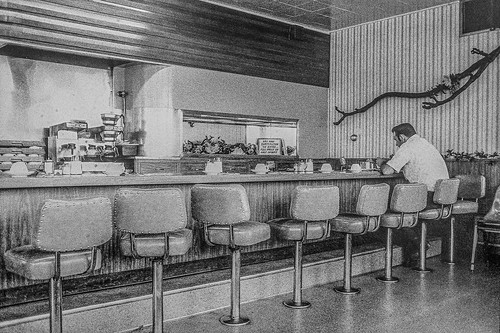

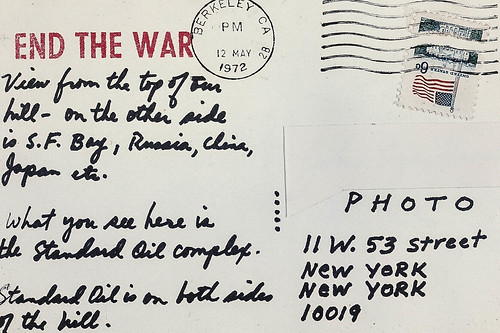
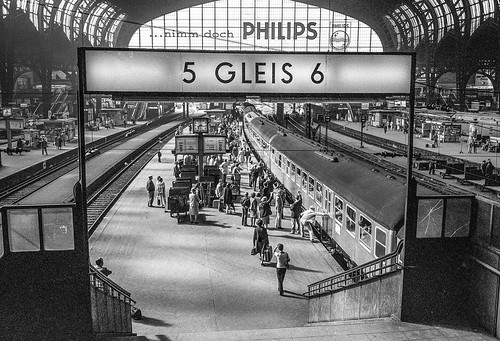





















 Extra photos for bloggers: 1, 2, 3
Extra photos for bloggers: 1, 2, 3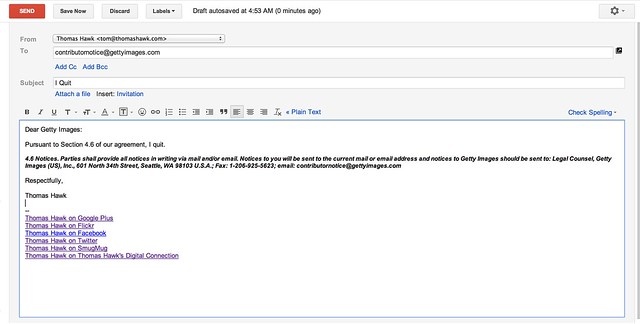
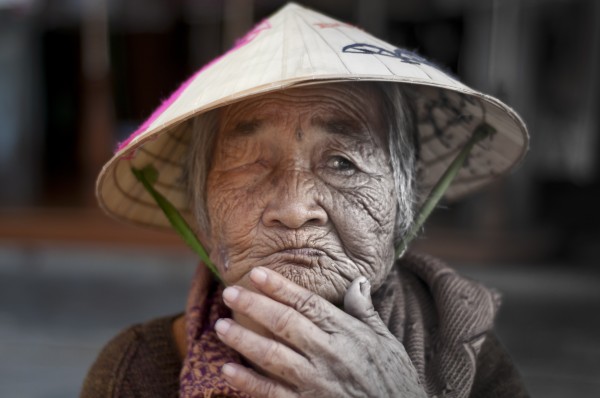



You must be logged in to post a comment.